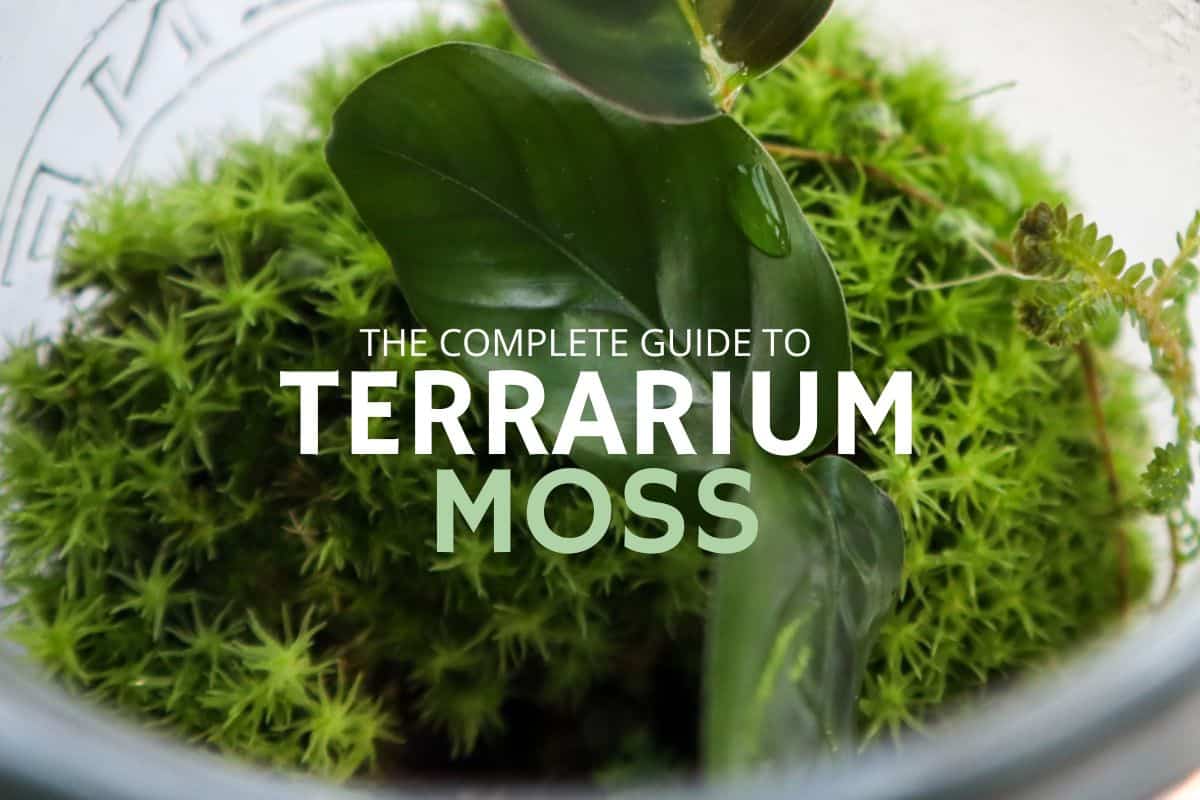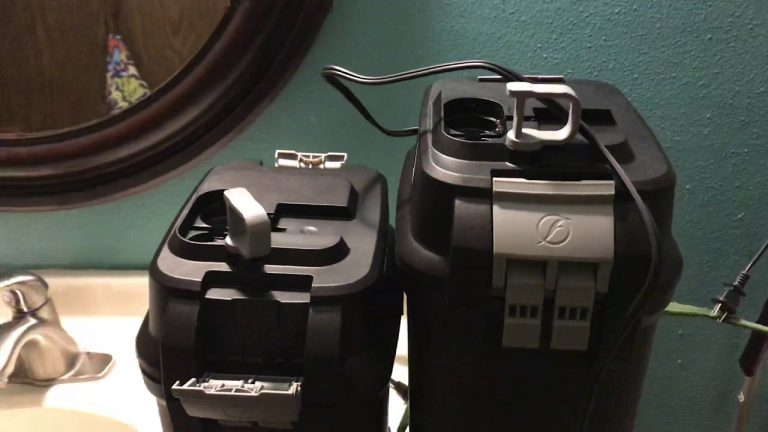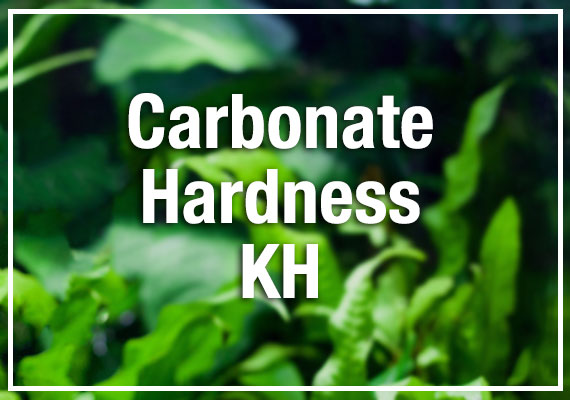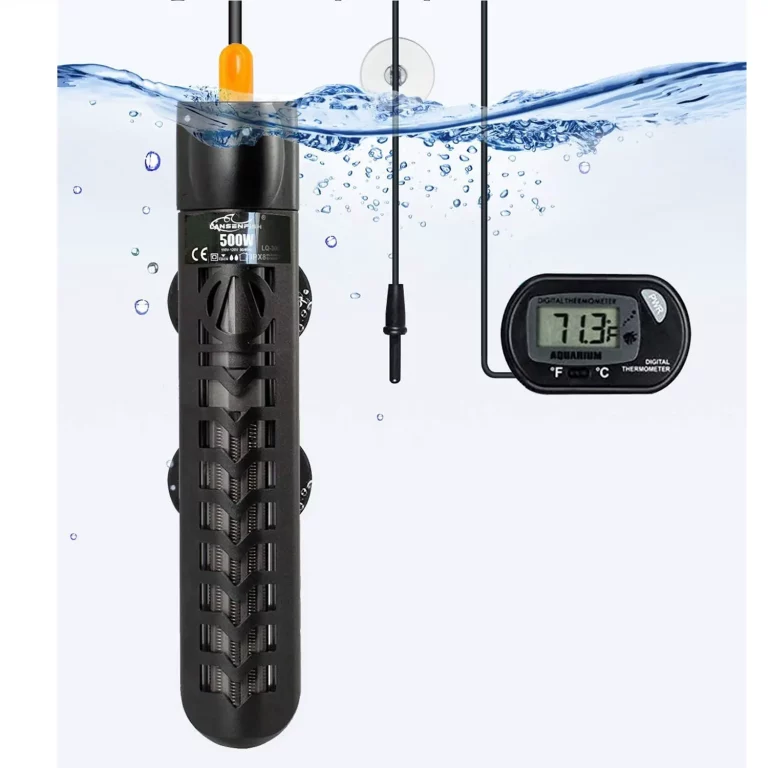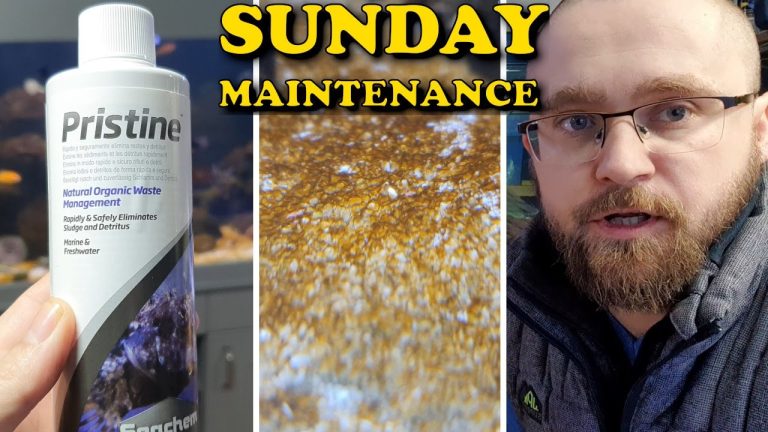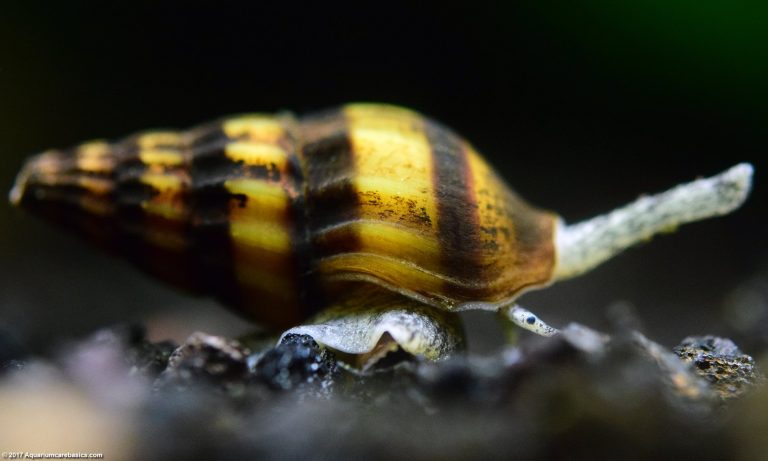Unlock the Secret: Can Java Moss Grow on Gravel?
Yes, java moss can grow on gravel. Java moss is a hardy and adaptable aquarium plant that can survive on a variety of surfaces, including gravel, rocks, and driftwood.
Java moss, scientifically known as vesicularia dubyana, is a popular freshwater aquarium plant that can add beauty and naturalness to any aquarium. It is a low-maintenance and easy-to-grow plant that is commonly used as ground cover in aquariums. Java moss can grow on various surfaces, including gravel, rocks, driftwood, and even on glass walls or aquarium decorations.
That being said, it is essential to keep the java moss healthy by providing it with sufficient light and nutrients. If the aquarium environment is not favorable, the plant may start to wither or die. Overall, java moss is an excellent addition to any aquarium, and its adaptability and low maintenance make it a favorite among many aquarium enthusiasts.
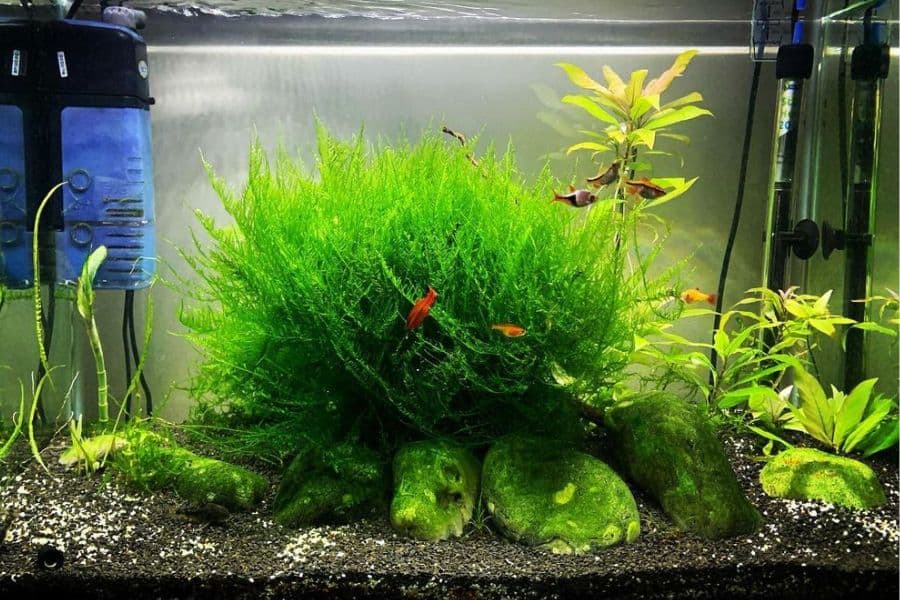
Credit: www.acaquarium.com
Understanding Java Moss
Description Of Java Moss And Its Characteristics
Java moss, or taxiphyllum barbieri, is a popular aquatic plant that belongs to the hypnaceae family. It is a light green plant that can grow to a height of around 2-10 cm. Java moss grows in water, primarily in freshwater aquariums, and it is well-known for being easy to grow and maintain.
Here are some other key characteristics of java moss:
- Java moss is a non-flowering plant.
- It can be grown in a variety of aquarium conditions.
- It grows best with additional co2 and nutrient supplementation.
- Java moss can thrive in low light conditions.
- It is a slow-growing plant.
Ideal Conditions For Java Moss Growth
While java moss can grow in a variety of conditions, it will thrive in ideal conditions. Here are some important factors to consider when growing java moss:
- Water hardness: Java moss can grow in water with a wide range of hardness, but a ph level between 6.0 and 7.5 is best for optimal growth.
- Lighting: Java moss can grow in low light conditions, but it will thrive in moderate light. 2-4 watts per gallon of light is recommended.
- Temperature: Java moss grows well in a temperature range of 70-75°f.
- Nutrients: Java moss requires nutrients like nitrogen, phosphorus, and potassium for optimal growth. Adding a liquid fertilizer or a substrate with nutrients can promote growth.
- Co2: Java moss does not require co2 for growth, but adding it can enhance its growth rate.
Java moss is an excellent aquatic plant that can add a unique touch to your underwater environment. It is a versatile plant that can adapt to various conditions and is easy to grow and maintain. With the ideal conditions and care, java moss can flourish, bringing a lush and vibrant aesthetic to your aquarium.
Growing Java Moss On Gravel
Unlock The Secret: Can Java Moss Grow On Gravel?
If you’re a fan of the lush green java moss and thinking of growing it on gravel, you’re in for a treat. Java moss is an attractive, low maintenance, and versatile aquatic plant that can grow practically anywhere. Here’s everything you need to know about growing java moss on gravel.
What Is Gravel And Its Suitability For Java Moss Cultivation
Gravel is a substrate commonly used in aquariums for aesthetic and functional purposes. It acts as a filter, helping to keep the aquarium water clean. But can java moss grow on gravel? Yes, java moss can thrive on gravel if provided with the right conditions.
Examining Previous Studies On Java Moss Growth On Gravel
There have been extensive studies conducted on the growth of java moss on various substrates, including gravel. These studies have confirmed that java moss can grow on gravel, albeit with some necessary conditions.
Factors That Determine Successful Java Moss Growth On Gravel
There are two critical factors that determine successful java moss growth on gravel: light conditions and water/nutrient levels.
Light Conditions
Java moss needs moderate lighting conditions to grow well. It utilizes light to produce food through photosynthesis. When planting java moss on gravel, ensure that it receives at least six hours of light per day. However, avoid exposing it to direct sunlight as it can lead to its death.
Water And Nutrient Levels
Moderate water and nutrient levels are essential for successful java moss growth on gravel. You can use fertilizers to supply nutrients like iron, potassium, and magnesium. Proper water circulation is also crucial to maintaining the right balance of nutrients in the water.
Benefits Of Growing Java Moss On Gravel
There are several benefits of growing java moss on gravel that can make it well worth your while.
Aesthetics
Java moss can add a beautiful and natural look to your aquarium. It is a bright green, lush plant that can grow on all kinds of surfaces, including gravel.
Oxygenation And Water Clarity
Java moss can oxygenate the water in your aquarium, creating a healthy and happy living environment for your fish. As it grows on gravel, it can trap debris and other matter, which helps keep the water clean and clear.
Fish Health
Growing java moss on gravel also provides a natural habitat for fish and other aquatic creatures. It can be an excellent breeding ground, provide shelter, and protect the eggs from other fish.
Java moss is a versatile plant that can grow on different substrates, including gravel. With the right lighting, water and nutrient levels, and some tlc, you can successfully grow this beautiful aquatic plant on gravel.
Tips For Growing Java Moss On Gravel
Can Java Moss Grow On Gravel
Java moss is a popular aquatic plant amongst aquarists because of its ability to grow in various conditions with minimal care and maintenance. Growing java moss on gravel is a great way to add colour, texture, and dimension to your aquarium.
Although it may require some effort to get started, java moss is easy to maintain and can add considerable aesthetics to your aquatic display. In this post, we will explore some tips for growing java moss on gravel, starting with the best practices for setting up a successful java moss growth system on gravel.
Best Practices For Setting Up A Successful Java Moss Growth System On Gravel
Here are some best practices to ensure a successful java moss growth system on gravel:
- Lighting: Java moss requires moderate to high lighting for optimal growth. Ensure that the aquarium tank is well lit, and the lighting lasts for at least eight hours per day.
- Water parameters: Java moss grows best in water with a ph range of 5.0-8.0 and a temperature of 70-75°f. The water hardness should also be soft to medium-hard.
- Nutrients: Java moss requires some essential nutrients such as nitrogen, phosphorus, and potassium to grow. You can dose the aquarium with a fertiliser that contains these nutrients to ensure steady growth.
- Co2: Carbon dioxide is essential for plant growth. Nevertheless, java moss does not require high levels of co2, and it can grow well in moderate levels.
Choosing The Right Type Of Gravel
The type of gravel used has a significant impact on the growth rate and overall health of java moss. Here are the types of gravel that you can use for java moss:
- Fine gravel: Fine gravel is a good option for java moss because it provides better anchorage for the moss. Additionally, fine gravel does not allow debris to settle below the surface and reduces the risk of algae growth.
- Sandy gravel: Sandy gravel is not ideal for java moss because it does not provide enough anchorage for the plants and easily allows debris to settle below the surface.
- Large gravel: Large gravel can be used to grow java moss, but only plants can grow on top. Debris quickly accumulates at the bottom, leading to poor water conditions and algae growth.
Placing Java Moss On Gravel
Java moss can be attached to gravel using different methods. Here are the most common approaches:
- Attach the moss using fishing lines: To attach java moss to gravel, you can tie the moss using fishing lines. It provides a natural look, and the moss can grow through the lines and onto the gravel.
- Glue java moss to gravel: With aquarium-safe glue, attach java moss to the gravel. The adhesive should not have any toxic effects on the aquarium creatures.
- Attach with a mesh: Java moss can be anchored using a mesh placed on top of the gravel. The moss grows through this mesh and blends into the gravel.
Maintenance Of The Java Moss Growth System
Maintaining the java moss growth system is crucial for keeping the plants healthy and the aquarium looking attractive. Here are some maintenance tips:
- Trim java moss regularly: Trimming the moss regularly helps prevent it from spreading excessively and provides room for healthy growth.
- Vacuum the gravel: Dirt and debris accumulate in the gravel over time, which is harmful to the plants and fish, and this dirt should be removed through vacuuming at least once a month.
- Check the water parameters: Monitoring the water parameters is crucial since it helps maintain the ideal conditions for java moss growth, and this ensures the plants remain healthy.
Growing java moss on gravel is an excellent way to add some colour and texture to your aquarium. Follow the tips above, and you will have a successful system that not only looks great but is easy to maintain.
Common Problems In Growing Java Moss On Gravel
Can java moss grow on gravel? A question that pops up in the mind of every java moss enthusiast. The answer is, yes, it can. Java moss is a hardy aquatic plant that can grow on a variety of surfaces, including gravel.
However, there are some common problems faced during java moss cultivation on gravel. Let’s take a look at them and how to solve them.
Common Issues Faced During Java Moss Cultivation On Gravel And How To Solve Them
Algae buildup:
- Excess light and nutrients cause excessive algae growth.
- Insufficient water flow can’t remove algae which settles on the gravel, suffocating moss growth.
- To remove algae, scrape them off using a brush or toothbrush.
- A natural or chemical algae remover can be used to control algae buildup.
- Reduce light exposure and maintain adequate water flow to avoid future algae formation.
Insufficient light:
- Insufficient light limits the growth of java moss on gravel.
- Installing a lighting system can provide the necessary lighting for the java moss to grow.
- Ideally, the lighting system should provide a minimum of 2 watts per gallon.
- Placing the aquarium in a bright area without exposing it to direct sunlight can also help.
Inadequate water flow:
- Inadequate water flow restricts the supply of oxygen and nutrients to the moss.
- Placing air filters or water pumps in the aquarium can provide adequate water flow to promote java moss growth.
- Choose a filtration system that’s suitable for the size of the aquarium and the type of java moss being grown.
Nutrient deficiencies:
- Nutrient deficiencies can lead to stunted growth, discoloration and, loss of java moss.
- Adding the appropriate amount of essential nutrients such as iron, potassium, and nitrogen can enhance the growth of java moss on gravel.
- Fertilizers can be added to the water or mixed in with the gravel bed.
Successfully growing java moss on gravel may seem daunting, but with the right equipment and practices, it is easily achievable. Avoiding problems such as algae buildup, insufficient lighting, inadequate water flow, and nutrient deficiencies will ensure healthy and flourishing java moss growth.
Frequently Asked Questions Of Can Java Moss Grow On Gravel
Can Java Moss Survive In Gravel?
Yes, java moss can survive and grow on gravel. It can even attach itself to the rocks beneath the gravel.
How Fast Does Java Moss Grow?
Java moss is a slow-growing plant. It grows at a rate of 1-3 cm per year and requires low to medium lighting.
Does Java Moss Need Fertilizer?
Java moss does not require fertilizers. However, adding liquid fertilizers once a week can promote faster growth and healthier leaves.
How Do I Care For Java Moss On Gravel?
Java moss on gravel requires low to medium lighting and a constant water temperature of 22-25°c. Trim overgrown parts regularly and avoid placing in direct sunlight.
Conclusion
After analyzing the factors that affect the growth of java moss on gravel, it can be concluded that the characteristics of the gravel and the environment in which the moss is grown are crucial factors. Java moss has a great adaptability to different growing conditions and can thrive on different types of substrate including gravel.
While growing java moss on gravel, it is important to ensure that the gravel is not too large and has enough surface area for the moss to attach to. The quality of the water, light intensity, and availability of nutrients also play important roles in the growth of java moss.
Java moss can indeed grow on gravel, and with proper care and maintenance, it can grow into a lush and beautiful aquatic plant that enhances the aesthetic value of your aquarium.
